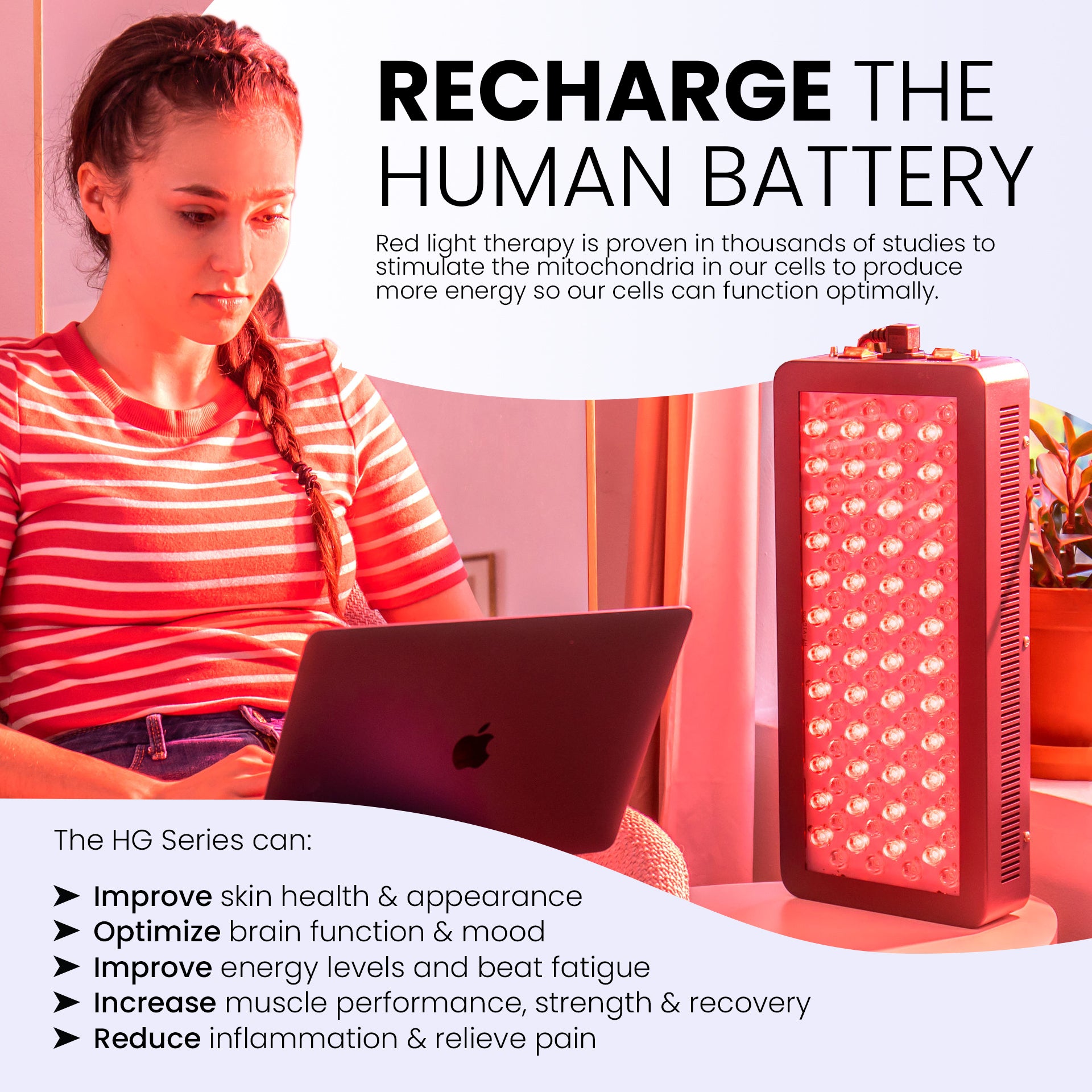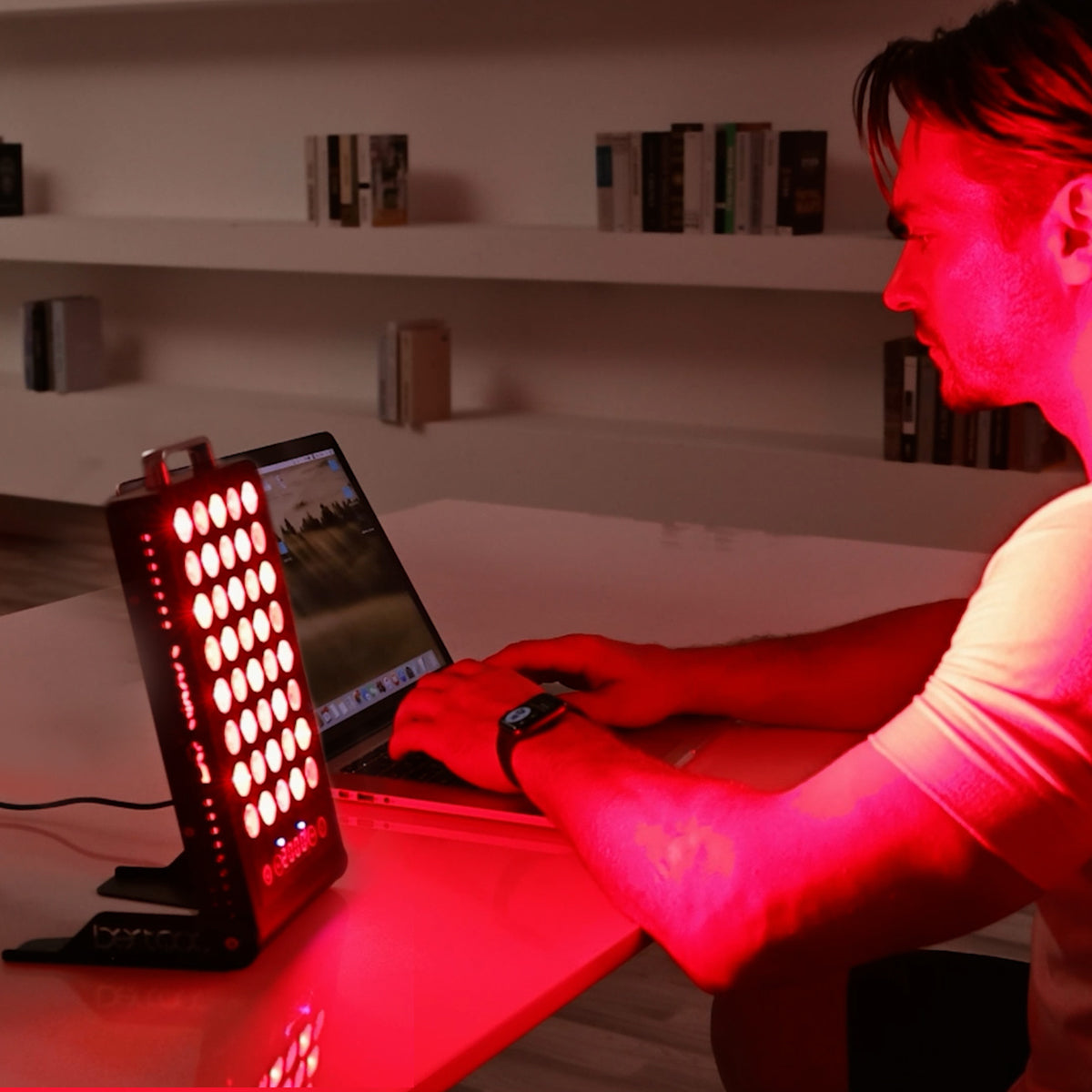The Complexities of Photobiomodulation Therapy: A Comprehensive Overview
Wiki Article
Unlocking the Prospective of Photobiomodulation: A Promising Strategy for Therapeutic Intervention
Are you interested concerning the potential of photobiomodulation for restorative treatment? Think of a circumstance where a person experiencing chronic discomfort finds relief via a non-invasive therapy that utilizes light. This is specifically what photobiomodulation deals. It is an appealing strategy that utilizes the power of light to promote recovery and decrease inflammation in numerous clinical conditions. By targeting particular mobile procedures, photobiomodulation has revealed potential in accelerating wound recovery, reducing pain, and advertising cells regeneration. In this introduction, we will certainly discover the mechanisms of action, applications in medication, and the present evidence sustaining the effectiveness of photobiomodulation. Additionally, we will talk about future instructions and potential obstacles in opening its full capacity as a therapeutic intervention.Understanding Photobiomodulation
To comprehend photobiomodulation, you require to realize the principle of just how light treatment can directly affect mobile procedures in your body. Photobiomodulation, additionally known as low-level light therapy, is a non-invasive treatment that utilizes certain wavelengths of light to stimulate biochemical reactions in your cells. When subjected to these light wavelengths, your cells absorb the energy and convert it right into cellular power, called adenosine triphosphate (ATP) This boost in ATP manufacturing brings about a cascade of mobile responses, consisting of enhanced metabolic process, improved flow, and raised manufacturing of collagen and various other proteins.The healing impacts of photobiomodulation are far-reaching and have been examined extensively in different medical areas. It has actually shown promising lead to promoting tissue repair work and regeneration, lowering swelling, eliminating discomfort, and boosting wound healing. Furthermore, photobiomodulation has been discovered to have a positive effect on neurological problems, such as traumatic mind injury and stroke, by boosting neural task and advertising neuroplasticity.
Unlike various other treatments, photobiomodulation does not create or create any kind of heat cells damages. It is essential to note that photobiomodulation should be carried out by experienced experts or according to the producer's instructions to ensure optimum outcomes and security.

Devices of Action
In comprehending the mechanisms of activity, you will find how photobiomodulation directly affects cellular processes via particular biochemical reactions. When light is put on the body, it is soaked up by chromophores, such as cytochrome c oxidase and flavins, which exist in the mitochondria. This absorption leads to a cascade of occasions that eventually lead to cellular modifications.Photobiomodulation increases the task of cytochrome c oxidase, an important enzyme in the mitochondria that is involved in the electron transportation chain. As a result, mobile metabolism is boosted, promoting cells repair service and regeneration.
In addition, photobiomodulation has been shown to modulate cellular signaling paths. It activates numerous growth elements and signaling molecules, such as nitric oxide and reactive oxygen types, which play crucial roles in procedures like inflammation, angiogenesis, and cell proliferation. These signaling pathways add to the healing results of photobiomodulation, promoting cells recovery and reducing discomfort and swelling.
Applications in Medicine
Discover the comprehensive applications of photobiomodulation in medicine. Photobiomodulation, also called low-level light therapy, is a non-invasive therapy that makes use of light to promote and boost cellular procedures healing. In medication, this technique has shown appealing results across different fields.Among the main applications of photobiomodulation is in pain monitoring. photobiomodulation therapy. It has been used to minimize both severe and chronic pain, including musculoskeletal conditions, neuropathic pain, and post-operative pain. By targeting the damaged location with details wavelengths of light, photobiomodulation can lower swelling, advertise tissue repair work, and offer relief
Furthermore, photobiomodulation has shown potential in injury recovery. It can speed up the healing process by boosting cell spreading, promoting angiogenesis, and decreasing scar tissue formation. This has significant implications in the treatment of persistent injuries, such as diabetic ulcers and pressure sores.
In dermatology, photobiomodulation has actually been utilized for its anti-inflammatory and regenerative effects. It can improve the look of marks, lower acne sores, and boost hair development in problems like androgenetic alopecia.
In addition, photobiomodulation has actually revealed pledge in neurorehabilitation. It can improve cognitive feature, boost motor healing, and aid in the treatment of neurodegenerative conditions like Alzheimer's and Parkinson's.
Professional Proof and Study Findings

In the area of bone and joint disorders, photobiomodulation has actually been found to lower pain and swelling, enhance range of motion, and increase tissue repair. Research studies have shown its efficacy in dealing with conditions such as osteo arthritis, tendinopathies, and muscular tissue stress. Additionally, photobiomodulation has shown favorable effects on injury recovery by promoting collagen angiogenesis, fibroblast, and synthesis spreading. This makes it an important device in the monitoring of chronic injuries, diabetic person ulcers, and medical lacerations.
Moreover, research has revealed that photobiomodulation can have neuroregenerative and neuroprotective results. It has actually been discovered to enhance cognitive function, decrease neuroinflammation, and enhance neuronal survival and synaptic plasticity. This has important implications for the treatment of neurological problems such as Alzheimer's condition, Parkinson's condition, and stroke.
Future Instructions and Prospective Difficulties
Moving forward, it is essential to consider the future instructions and possible difficulties bordering using photobiomodulation as a healing intervention. One essential future direction is the expedition and optimization of application specifications. Currently, there is no consensus on the optimal wavelength, intensity, period, and regularity of photobiomodulation treatment. Further research is required to understand the dose-response relationship and develop evidence-based guidelines for medical practice.Another essential future direction is the growth of portable and cost-effective photobiomodulation devices. While existing gadgets are efficient, they are frequently bulky, costly, and require expert guidance - photobiomodulation. The advancement of user-friendly and cost effective tools would significantly enhance availability to this treatment, permitting more people to profit from its prospective restorative results
Furthermore, future research needs to concentrate on illuminating the devices underlying photobiomodulation. In spite of its growing popularity, the specific mechanisms through which photobiomodulation exerts its therapeutic impacts are not totally understood. Recognizing these mechanisms would certainly not only boost our knowledge of the therapy yet likewise help in the advancement of more targeted and effective treatments.
However, there are likewise possible difficulties that need to be resolved. photobiomodulation laser. These consist of the go to this site need for standardized methods, the requirement for properly designed professional trials with larger example sizes, and the demand for long-lasting follow-up studies. Additionally, regulative and safety considerations must be considered to guarantee the secure and efficient usage of photobiomodulation in medical practice.
Conclusion
In verdict, photobiomodulation holds fantastic pledge as a healing intervention in medicine. With continuous researches and advancements in this her latest blog field, photobiomodulation has the prospective to open brand-new possibilities for improving client results.Are you interested about the potential of photobiomodulation for restorative treatment? By targeting details cellular processes, photobiomodulation has revealed possible in increasing wound healing, minimizing discomfort, and advertising cells regrowth.Additionally, photobiomodulation has actually revealed potential in wound healing.Relocating onward, it is important to consider the possible obstacles and future instructions surrounding the use of photobiomodulation as a restorative treatment. With recurring research studies and advancements in this field, photobiomodulation has the possible to open brand-new possibilities for enhancing client end results.
Report this wiki page